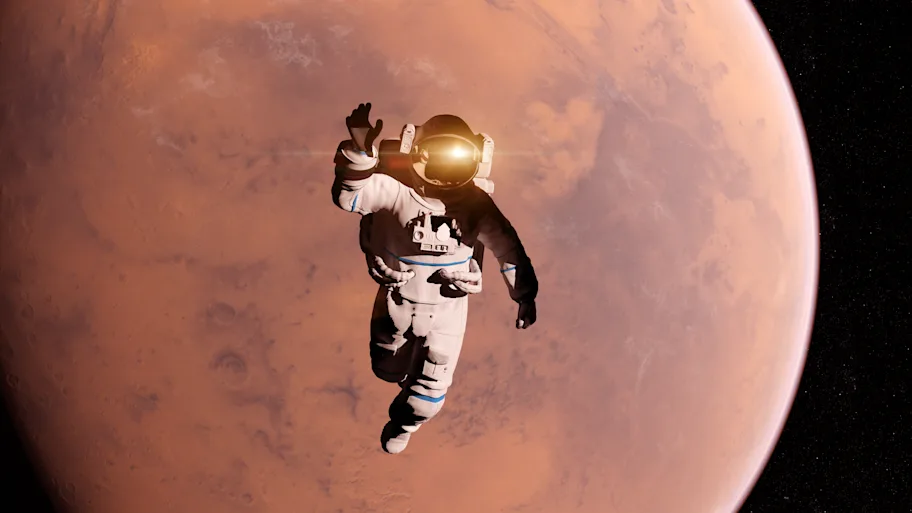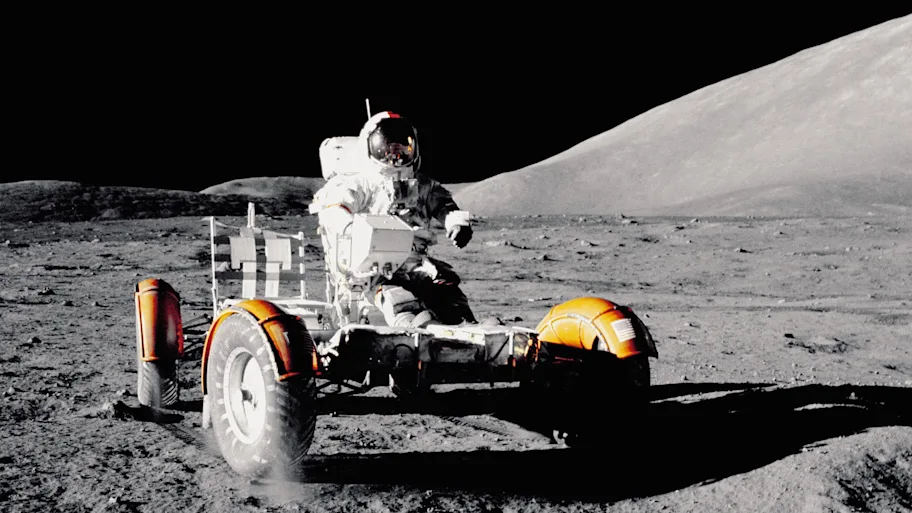
- Science News
- Space sciences and astronomy
- Real-life ‘stillsuit’: Dune-inspired upgrade for spacesuits allow astronauts to recycle urine into water
Real-life ‘stillsuit’: Dune-inspired upgrade for spacesuits allow astronauts to recycle urine into water

Astronauts on spacewalks famously have to relieve themselves inside their spacesuits. Not only is this uncomfortable for the wearer and unhygienic, it is also wasteful, as – unlike wastewater on board the International Space Station (ISS) – the water in urine from spacewalks is not recycled.
A solution for these challenges would be full-body ‘stillsuits’ like those in the blockbuster Dune franchise, which absorbed and purified water lost through sweating and urination, and recycled it into drinkable water. Now, this sci-fi is about to become reality, with a prototype novel urine collection and filtration system for spacesuits. The design, by researchers from Cornell University, is published in Frontiers in Space Technologies.
“The design includes a vacuum-based external catheter leading to a combined forward-reverse osmosis unit, providing a continuous supply of potable water with multiple safety mechanisms to ensure astronaut wellbeing,” said Sofia Etlin, a research staff member at Weill Cornell Medicine and Cornell University, and the study’s first author.
Designed for upcoming Moon and Mars missions
In 2025 and 2026, NASA is planning for the Artemis II and III missions, where a crew will orbit the Moon and land on its south pole, respectively. These missions are expected to be followed by crewed missions to Mars by the early 2030s. However, astronauts have long complained about a lack of comfort and hygiene of the existing maximum absorbency garment (MAG) – the waste management system of traditional NASA spacesuits –in use since the late 1970s – which functions like a multi-layered adult diaper made of superabsorbent polymer.
“The MAG has reportedly leaked and caused health issues such as urinary tract infections and gastrointestinal distress. Additionally, astronauts currently have only one liter of water available in their in-suit drink bags. This is insufficient for the planned, longer-lasting lunar spacewalks, which can last ten hours, and even up to 24 hours in an emergency,” said Etlin.
Astronauts have also requested that the time needed to fill and de-gas the in-suit drink bags be reduced in future spacesuits, and that a separate supply of non-caffeinated high-energy drink be added.
With all these objectives in mind, Etlin and colleagues have now designed a urine collection device, including an undergarment made of multiple layers of flexible fabric. This connects to a collection cup (with a different shape and size for women and men) of molded silicone, to fit around the genitalia.
The inner face of the collection cup is lined with polyester microfiber or a nylon-spandex blend, to draw urine away from the body and towards the inner cup’s inner face, from where it is sucked by a vacuum pump. A RFID tag, linked to an absorbent hydrogel, reacts to moisture by activating the pump.
High-tech backpack
Once collected, the urine is diverted to the urine filtration system, where it gets recycled with an efficiency of 87% through a two-step, integrated forward and reverse osmosis filtration system. This uses a concentration gradient to remove water from urine, plus a pump to separate water from salt. The purified water is then enriched in electrolytes and pumped into the in-suit drink bag, again available for consumption. Collecting and purifying 500ml of urine takes only five minutes.
The system, which integrates control pumps, sensors, and a liquid-crystal display screen, is powered by a 20.5V battery with a capacity of 40 amp-hours. Its total size is 38 by 23 by 23 cm, with a weight of approximately eight kilograms: sufficiently compact and light to be carried on the back of a spacesuit.
Now that the prototype is available, the new design can be tested under simulated conditions, and subsequently during real spacewalks.
“Our system can be tested in simulated microgravity conditions, as microgravity is the primary space factor we must account for. These tests will ensure the system’s functionality and safety before it is deployed in actual space missions,” concluded Dr Christopher E Mason, a professor at the same institute as Etlin and the study’s lead author.




REPUBLISHING GUIDELINES: Open access and sharing research is part of Frontiers’ mission. Unless otherwise noted, you can republish articles posted in the Frontiers news site — as long as you include a link back to the original research. Selling the articles is not allowed.






